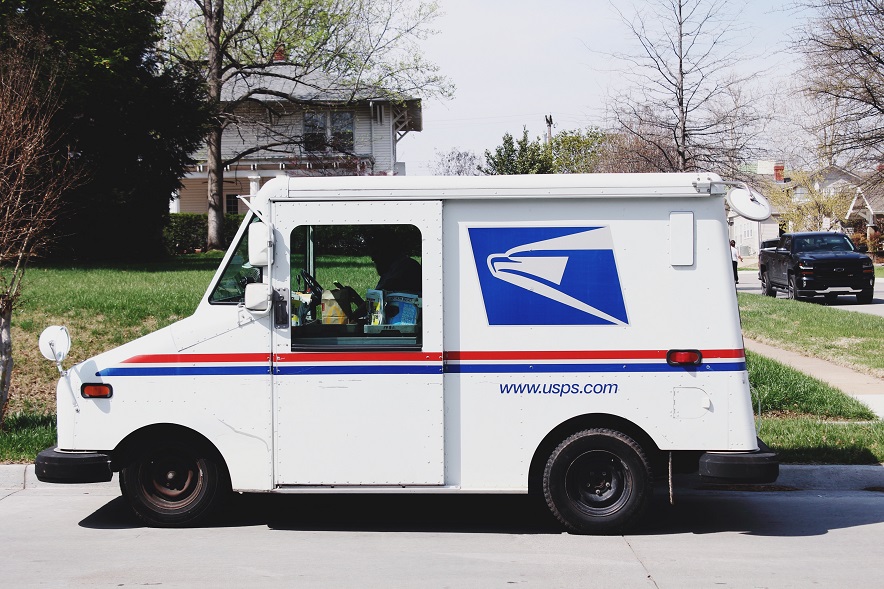Postal Peculiarities
Does the system of international mail security in the United States have a hole in it? The U.S. Government Accountability Office (GAO) recently explored the issue, and suggested that some extra measures may be warranted.
Currently, the U.S. Customs and Border Protection (CBP) agency is charged with targeting and inspecting inbound international items that come in through the mail, and with seizing any illegal items. Carriers like the U.S. Postal Service (USPS) and express services like FedEx provide items to CBP for inspection as international mail arrives in the United States.
To assist in this process, the express services are also required to provide CBP with electronic advance data (EAD), such as the shipper's and recipient's name and address, for inbound international mail. However, unlike the express operators, USPS is not currently required to provide CBP with any EAD. In general, USPS relies on foreign postal operators to provide EAD voluntarily, and under mutual agreement.
In 2014 and 2015, USPS and CBP initiated two pilot programs in the New York area to test this system. Under the pilot program, CBP uses EAD that it receives through agreements with foreign postal operators to target a small number of pieces of mail each day. So, when USPS employees in the New York facilities come across these preselected pieces, they are alerted that CBP has targeted the item, and they set the item aside for a later inspection.
However, occasionally this system breaks down. The GAO found that sometimes the targeted mail gets lost after it arrives at the New York facilities, and slips through the cracks without inspection. "Locating targeted mail once it arrives at a [facility] has been a challenge," the report says.
How often does this slippage occur? It happened to about 18 percent of targeted items in one pilot program, and about 42 percent of targeted mail in the other pilot, according to the report. Moreover, GAO found that the agencies have not devised clear performance goals to evaluate the programs, nor have they completed a cost-benefit analysis on using EAD to target mail for inspection.
Given these findings, the GAO recommended that CBP, in coordination with USPS, establish performance goals to assess the pilot programs and evaluate the costs and benefits of using EAD to target mail for inspection compared with other targeting methods.
"It is important that CBP and USPS carefully consider actions to enhance inbound international mail security, to avoid wasting time and money on potentially ineffective and costly endeavors," the report says.
CBP and USPS agreed with the recommendations, and CBP plans to implement them by February 28, 2018.
